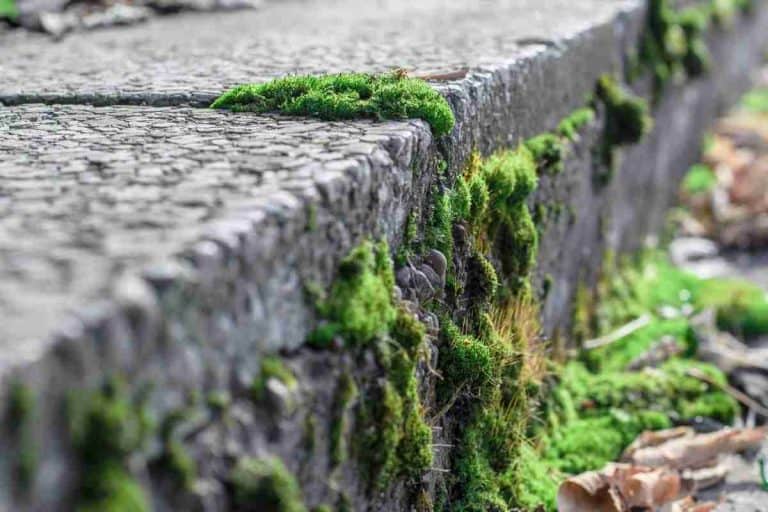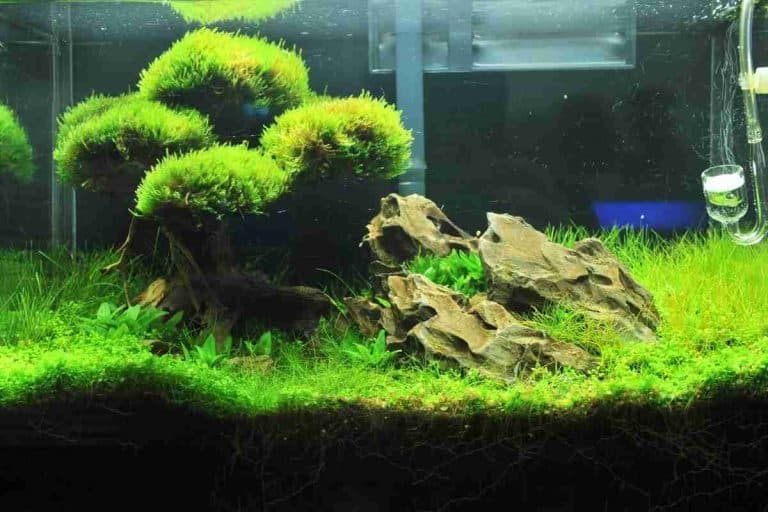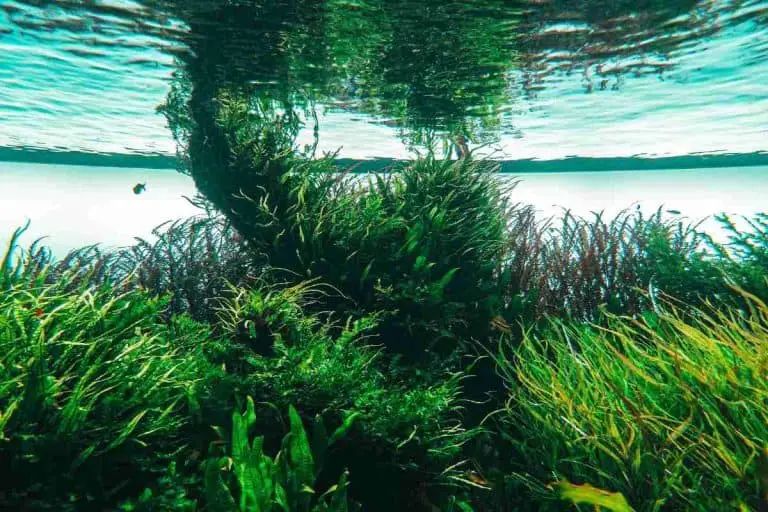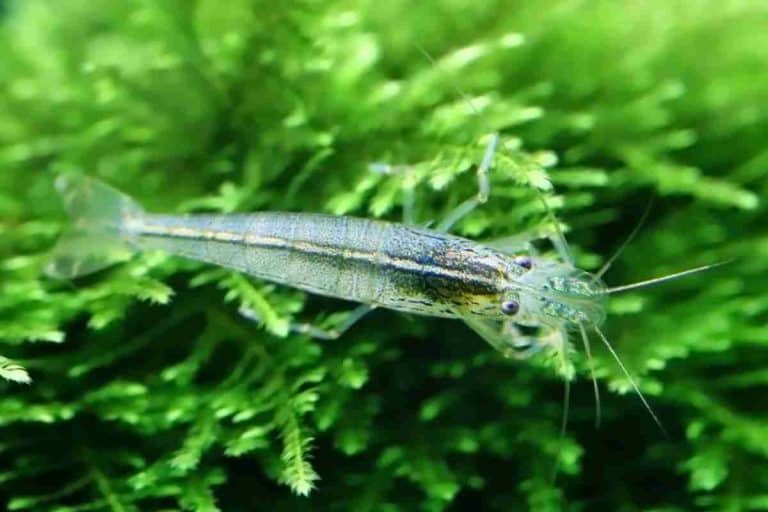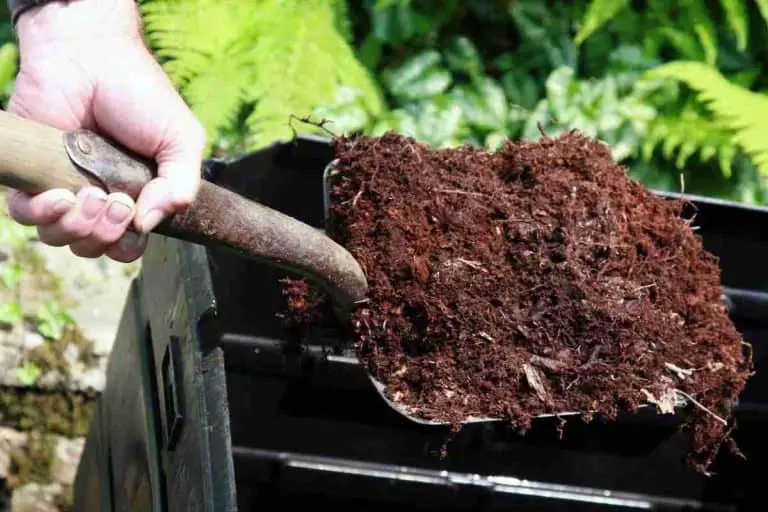Sphagnum Moss For Bonsai: Is It Safe?
If you’re thinking about using sphagnum moss for bonsai, you may be wondering if it’s safe? Sphagnum moss is a type of plant that is often used as a decorative element in gardens, but it can also be used for practical purposes, such as helping to retain moisture in the soil.
However, some people are concerned about using sphagnum moss for bonsai, because they worry that it might be harmful to the tree. While there are some potential risks to consider, sphagnum moss is generally safe to use on your tree.
To explain in more detail, let’s take a closer look at some of the potential risks and benefits of using sphagnum moss for bonsai.
Potential Risks Using Sphagnum Moss For A Bonsai
So before we talk about the benefits of using sphagnum moss for your bonsai. there are a couple of potential risks to be aware of before using it.
Some Of These Risks Include:
- Highly Absorbent
- Thielaviopsis Root Rot
Sphagnum moss is known for its ability to hold large amounts of water, which makes it useful to use on other plants. However, sphagnum moss can also cause a type of “black root rot” also called Thielaviopsis Root Rot.
This disease affects the roots of plants, “which is caused by too much water” providing an ideal environment for fungi to grow and quickly spread.
Important: If the moss becomes infected, it is important to take action immediately! Trimming away any infected leaves and stems can help to prevent the disease from spreading onto the bonsai tree.
You May Also Like To Read:
Benefits Of Using Sphagnum Moss For Bonsai
Now, that we’ve talked about the potential risks of using sphagnum moss for bonsai, let’s take a look and go over some of the benefits it can have for your plant.
Some Of These Benefits Include:
- Retains Moisture
- Source Of Nutrients
- Regulate Soil Temperature
One of the biggest benefits of using Sphagnum Moss is that it has excellent water retention properties! This can help retain the moisture in the soil, which is important as it helps to ensure that the roots of the tree stay moist and healthy.
Sphagnum moss is also effective at absorbing nutrients from the soil, which can be beneficial for plants that are struggling to uptake nutrients.
In addition, sphagnum moss can help to regulate soil temperature by covering the soil like a blanket its acts as an insulator. This can be helpful in climates where the soil tends to get too hot or cold for bonsai trees.
So, while there are some potential risks to consider before using sphagnum moss for your bonsai, it can also provide a number of benefits that can help your tree thrive.
As long as you take precautions to avoid fungal diseases and overwatering, sphagnum moss is a safe and effective way to improve the health of your tree.
You May Also Like To Read:
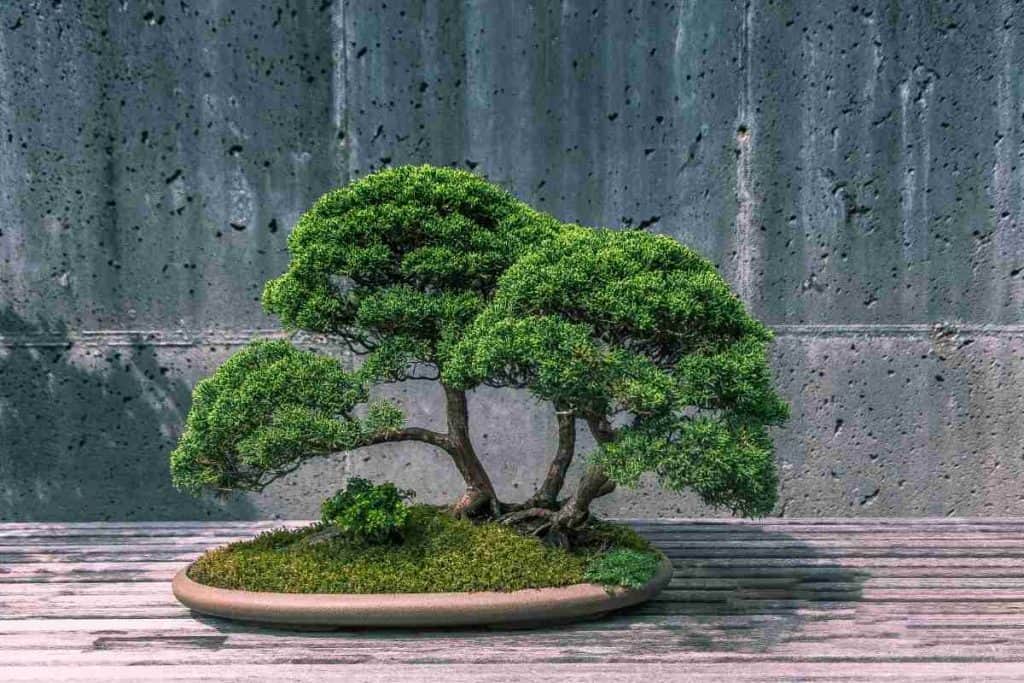
How To Add Sphagnum Moss To Your Bonsai?
Sphagnum moss is a versatile material that can be used for a variety of purposes for a bonsai. It can be used as a covering for the soil, helping to retain moisture and prevent the soil from drying out.
Sphagnum moss can also be used as a soil amendment to improve the nutrient uptake of your tree. Simply mix it in with the soil before planting your bonsai.
However, the most popular and effective way to use sphagnum moss for a bonsai is by laying it on top of the soil not only does this help retain moisture but makes your bonsai look more natural.
1. Gather Sphagnum Moss
The first step is to gather some sphagnum moss. You can find this at most garden stores, or you may be able to find it growing in your backyard.
2. Clean The Moss
Once you have gathered the moss, it’s important to clean it before using it. Remove any dirt or debris and make sure that there is no fungus present.
3. Spread It Over The Soil
The next step is to spread the moss over the soil. You can do this by either placing it in clumps or spreading it out evenly. Make sure that the moss covers all of the exposed soil.
4. Mist With Water
The final step is to mist the moss with water. This will help it to absorb moisture and keep the soil healthy. You may need to do this regularly, especially if it’s kept in hot conditions.
5. Shape It And Trim
Once the moss has had time to take hold, you can then start to shape it and trim it to your desired look. Just be careful not to damage the moss by cutting off too much.
How To Care For Your Sphagnum Moss On A Bonsai?
If you have a bonsai tree and you’re considering using Sphagnum moss then you may be wondering how to care for it. Well, Sphagnum moss is a type of moss that is commonly used as a soil amendment or potting material for bonsai trees.
When caring for your Sphagnum moss, it is important to keep the moss moist but not too wet. The best way to water your Sphagnum moss is to use a spray bottle or misting can.
You should also fertilize your Sphagnum moss periodically with a weak solution of liquid fertilizer. In addition, you will need to prune your Sphagnum moss regularly to keep neat and tidy.
- Water Daily: Make sure to water the moss regularly, especially if it is kept in a hot environment. You may need to mist it with water several times a day.
- Check The Soil: Sphagnum moss should be on soil that is well-draining and nutrient-rich. If your soil is not ideal, you can mix in some sphagnum moss with the soil before planting your tree.
- Partial Sunlight: Sphagnum moss prefers partial sun or shade and should not be exposed to direct sunlight for long periods of time.
- Occasionally Add Fertilizer: Sphagnum moss does not need regular fertilization, but you can give it a boost every few months with a liquid fertilizer.
Alternatives To Sphagnum Moss
If you’re not comfortable using sphagnum moss for your bonsai, there are alternatives you can try. One of which is Sheet moss! This moss has many of the same benefits as sphagnum moss.
Sheet moss is excellent for bonsai trees because it helps to aerate the soil and improve drainage. In addition, sheet moss helps to retain moisture, which is important for bonsai trees that are grown in pots.
Its also rich in nutrients, which can help to ensure that your bonsai tree stays healthy!
Final Thoughts
In conclusion, sphagnum moss is an excellent material for use in bonsai. It is easy to work with, provides good drainage and aeration, and helps to keep the roots of your bonsai healthy.
It is also relatively inexpensive, making it a great choice for those just starting out in bonsai. If you are looking for a moss to use in your bonsai, Sphagnum Moss is a great option.
You May Also Like To Read:

